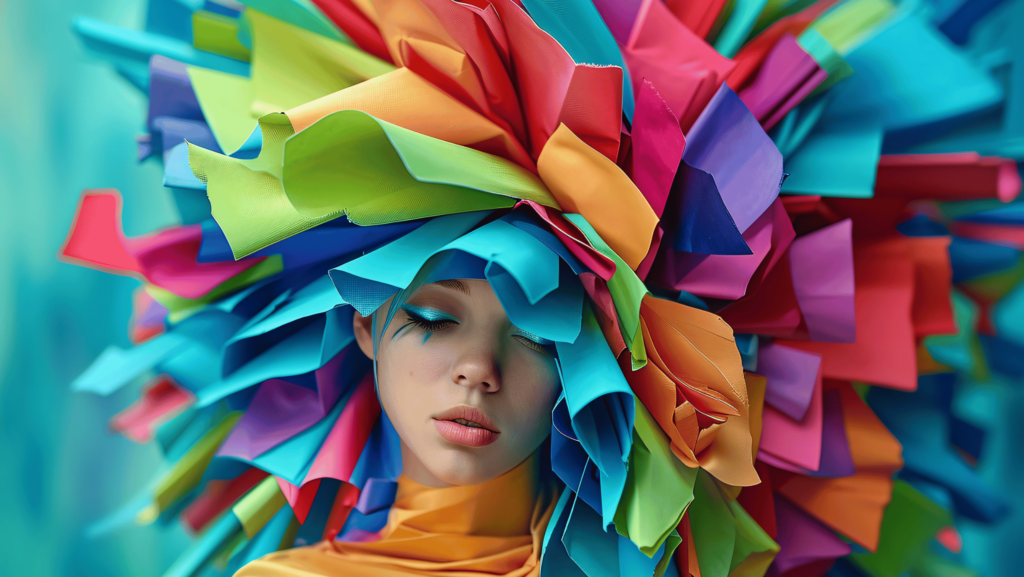Mastering the art of color matching for outfits is a game-changer for anyone looking to elevate their style. Whether you’re heading to work, a night out, or a weekend getaway, understanding how to mix and match colors can completely transform your look. In this guide, we’ll dive into the secrets of color matching, from building the perfect color palette to adding those extra details that will take your outfits from good to fabulous.
Start with the Basics: Know Your Color Palette
Before diving into color combinations, it’s essential to have a solid understanding of your personal color palette. This includes figuring out which colors work best for you, whether it’s based on your skin tone, hair color, or the season. Once you know your palette, you can start building your wardrobe with colors that complement you.
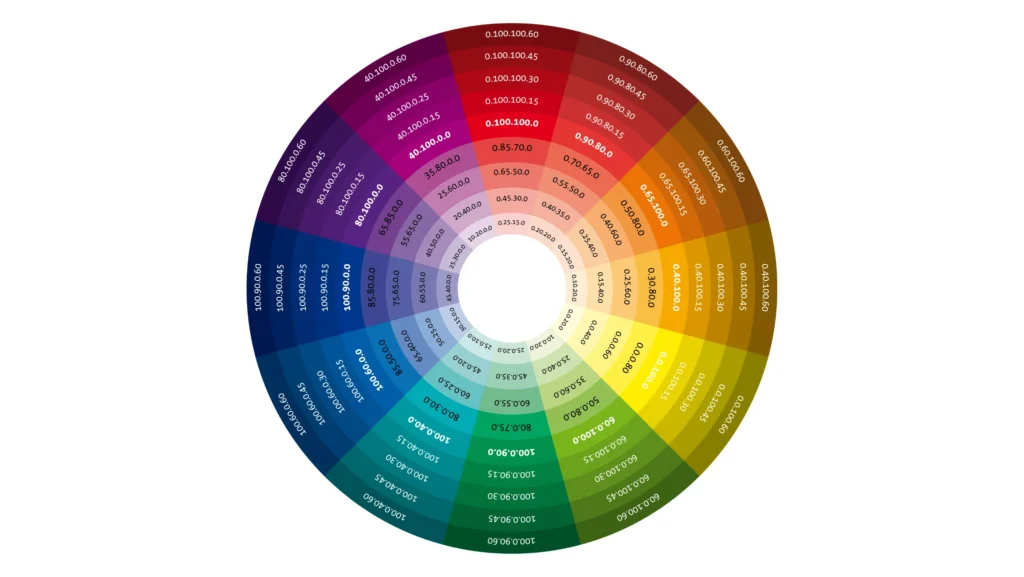
- Warm-toned individuals: Earthy shades like mustard yellow, burnt orange, and olive green work wonders.
- Cool-toned individuals: Jewel tones like emerald green, deep purple, and navy blue will enhance your natural features.
- Neutral-toned individuals: Lucky you! You can pull off nearly anything from both warm and cool palettes, but try taupe, black, and rich shades of burgundy.
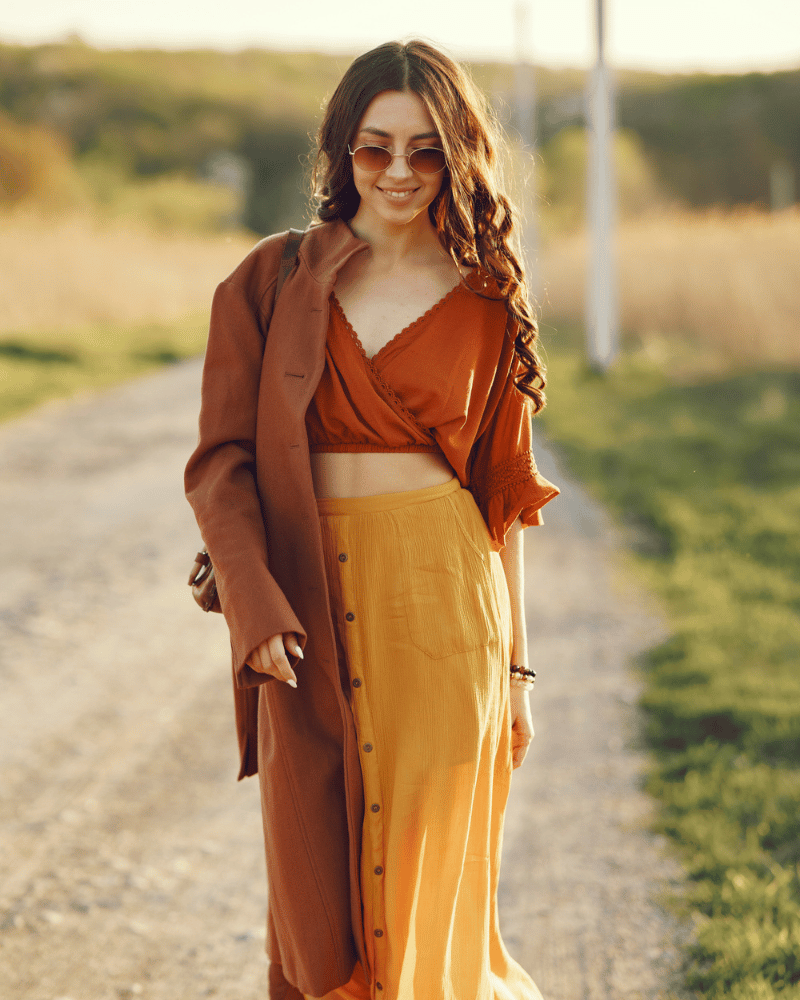
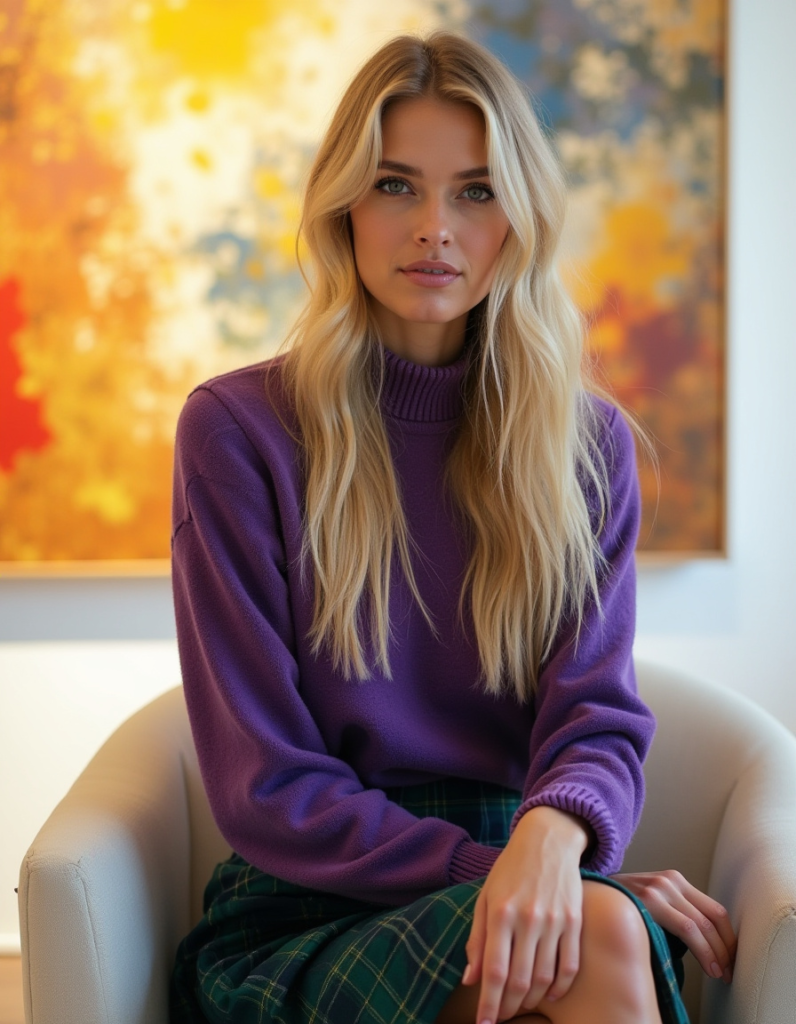
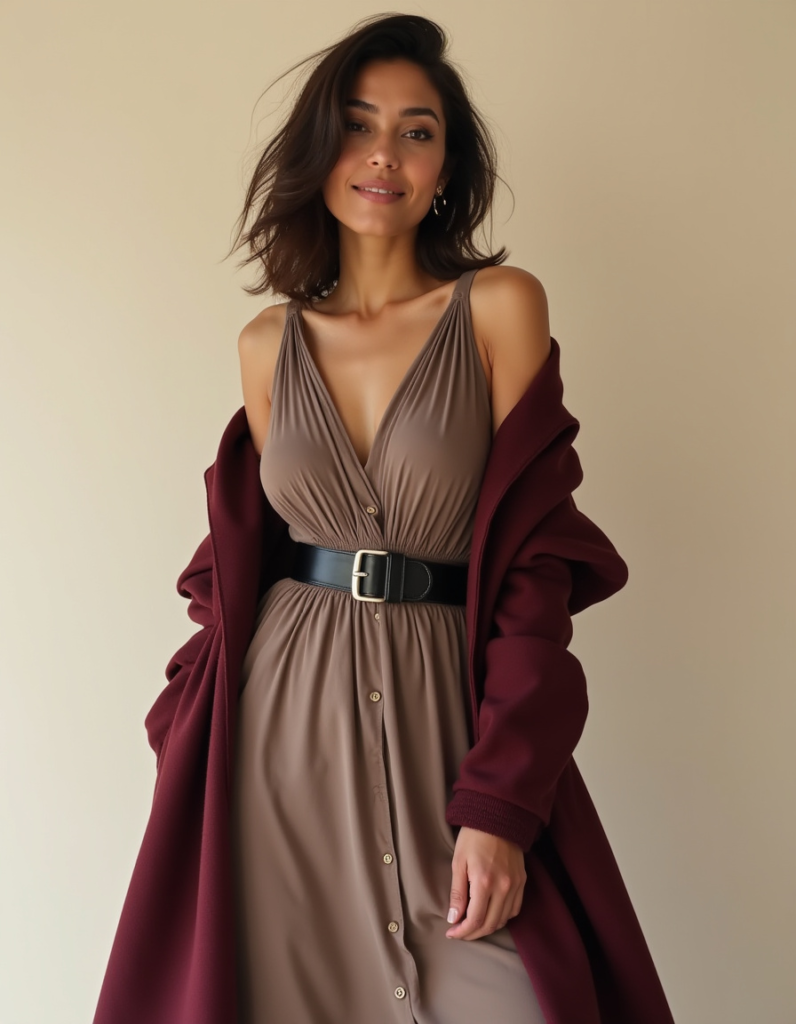
Use the Color Wheel for Perfect Combinations
To truly understand the art of color matching, it helps to know the color wheel. The color wheel is your guide to pairing colors that harmonize beautifully. Here’s how you can use it to elevate your style:
Complementary Colors: Bold and Balanced
- These colors sit opposite each other on the wheel and provide high contrast. Think of blue and orange, red and green, or yellow and purple.
- These pairings make a statement and can be used to create outfits that pop. Try a blue blazer with orange heels for a bold, attention-grabbing look.
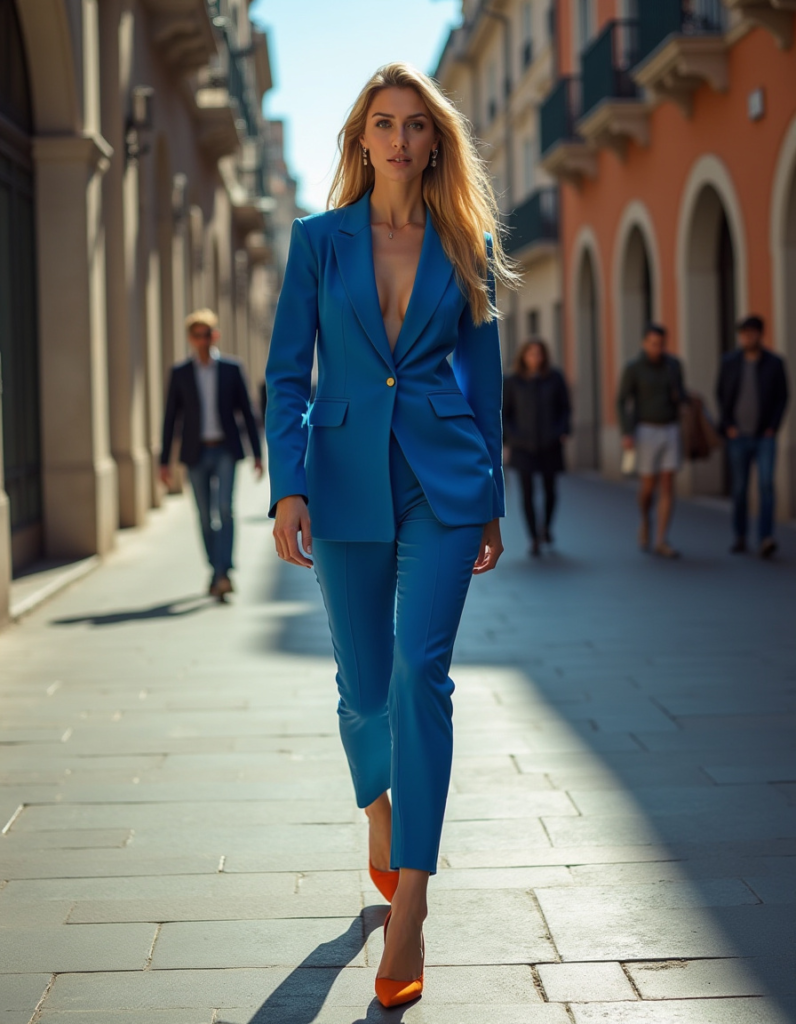
Analogous Colors: Soft and Harmonious
- Colors that sit next to each other on the wheel, like blue, teal, and green, work wonderfully together. They create a cohesive, seamless outfit without being too loud.
- A great example would be a teal dress paired with forest green accessories and a soft blue scarf.
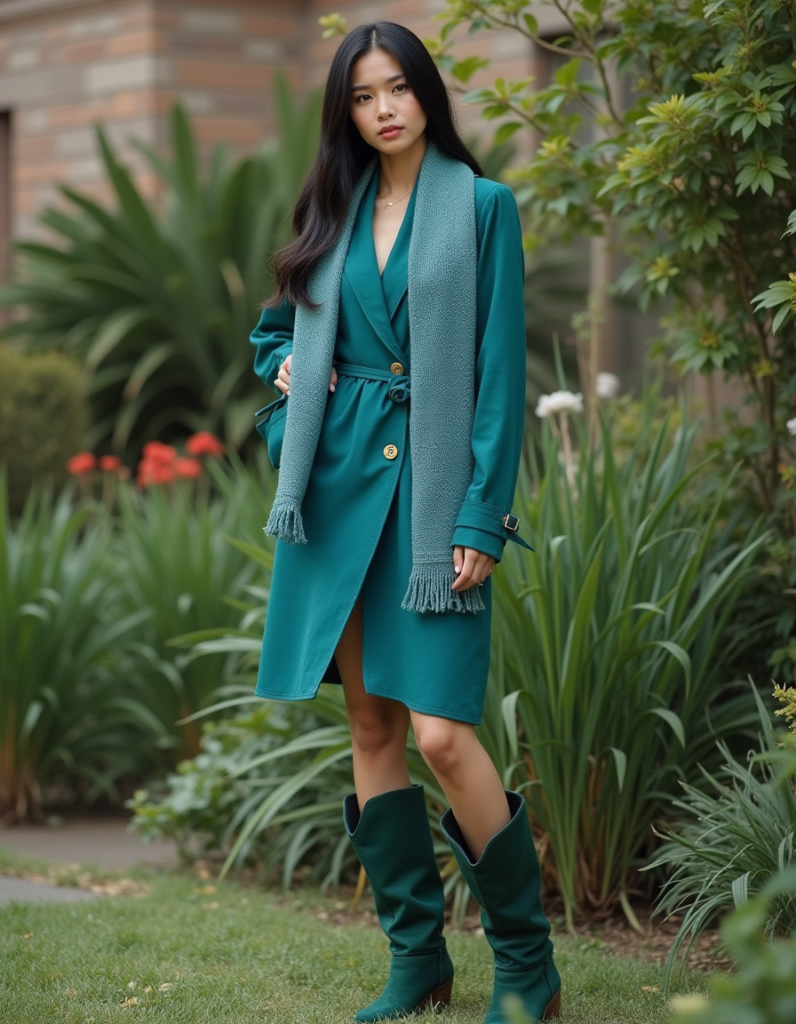
Monochromatic: Sleek and Sophisticated
- Using different shades and tints of a single color creates a refined, polished look. Think light pink, dusty rose, and deep rose for a monochromatic outfit.
- This combination is timeless and elegant, making it ideal for professional settings or formal events.
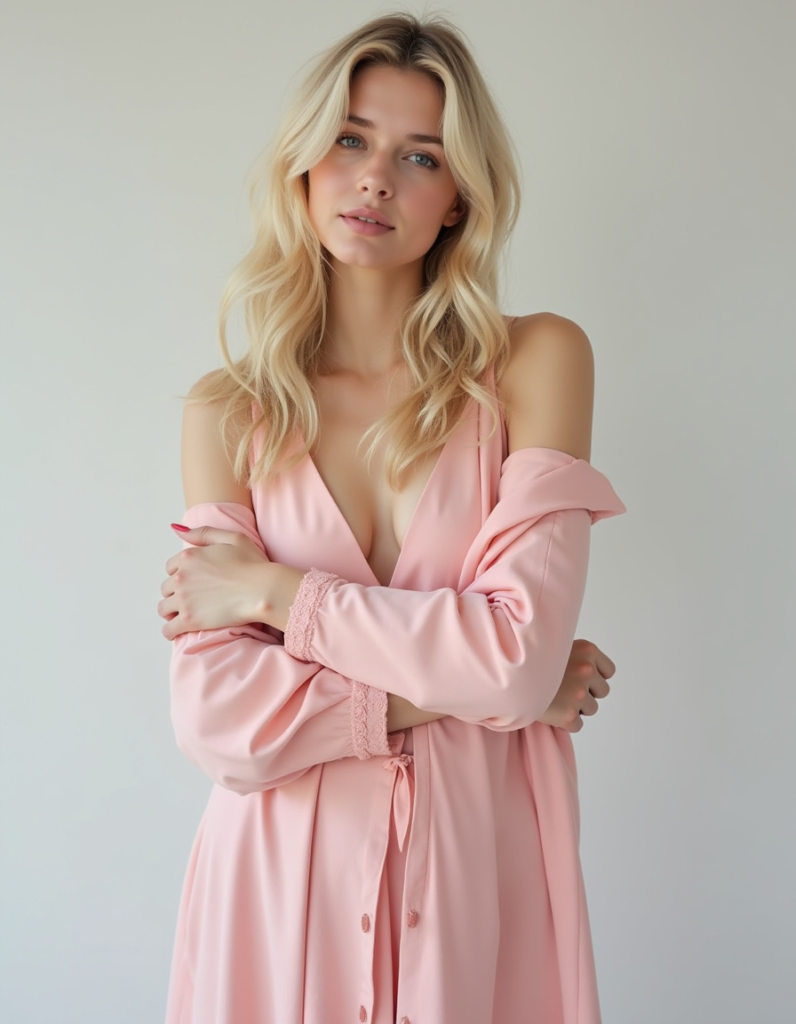
Build Your Outfit Around One Statement Color
When putting together an outfit, let one color be the star of the show. Choose a bold, eye-catching hue as your main piece and build the rest of the outfit around it using neutral or complementary colors.
For example:
- Wear a red dress as the focal point, and pair it with black heels and a white handbag for a chic, understated look.
- Alternatively, use green pants as your statement piece and pair them with a beige blouse and gold jewelry to keep the attention on the pants while maintaining balance.
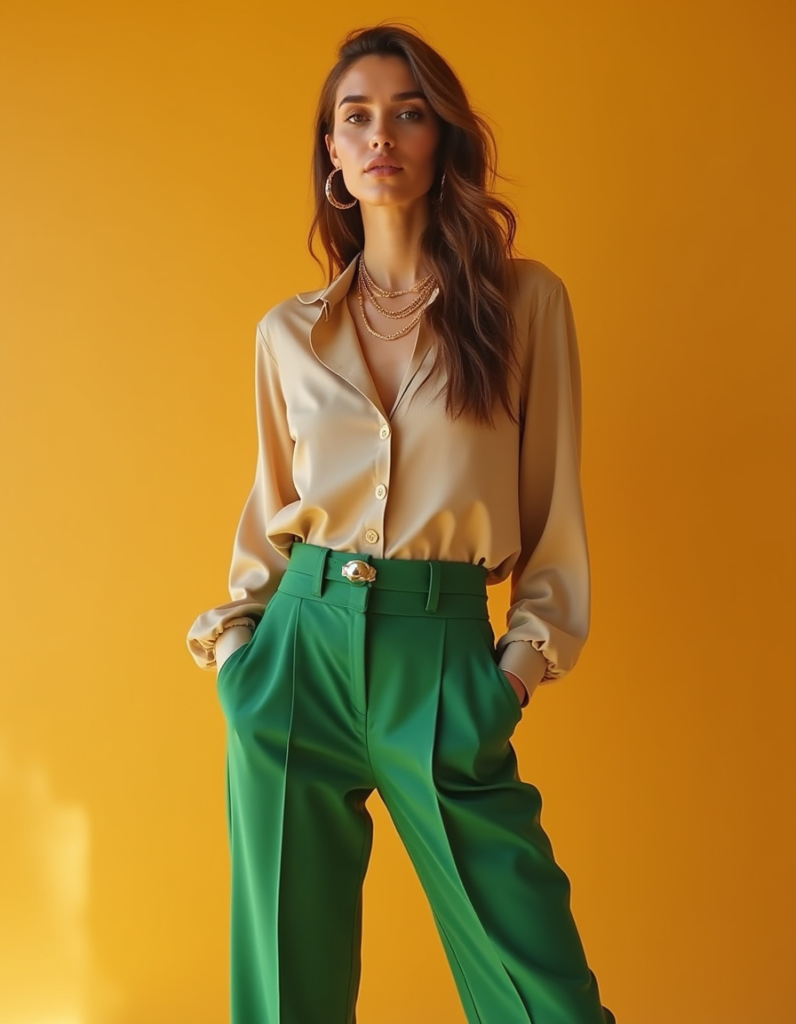
Experiment with Prints and Patterns
Patterns and prints are another exciting way to play with color matching. Mixing prints can be tricky, but with the right approach, it can create a fashionable and dynamic look.
Here’s how to mix patterns without going overboard:
- Start with small prints and larger prints: Pair a polka dot blouse with floral pants where one print is more subtle, allowing the other to take center stage.
- Stick to a common color: The key to mixing prints is choosing patterns that share at least one color. For instance, pair a striped shirt with plaid pants, as long as they share a similar color palette.
Add the Right Accessories for Balance
Accessories are the final touch that can pull your color-matched outfit together. By adding just the right amount of color through jewelry, bags, scarves, or shoes, you can elevate your outfit and bring the entire look into harmony.
- If your outfit is primarily neutral, add a bold red bag or bright yellow shoes to make a statement.
- If your outfit is already colorful, opt for neutral accessories like a black leather handbag or gold jewelry to keep the look balanced.
Know When to Keep It Simple
Sometimes, less is more. In the world of color matching, simplicity can be incredibly chic. A monochromatic look, consisting of various shades of one color, can create an elegant and sophisticated outfit. Alternatively, a neutral-based outfit with a pop of color is perfect for days when you want to look polished without overthinking it.
For example:
- A black dress with black heels and a burgundy scarf offers a sleek, stylish look with just the right amount of color contrast.
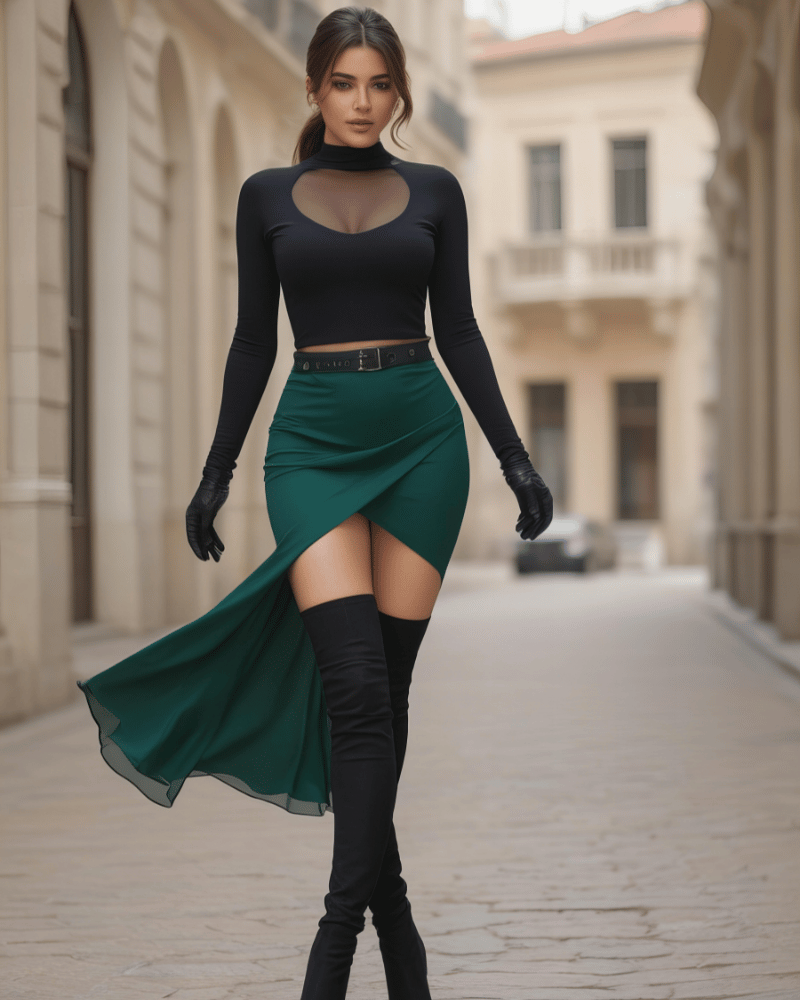
Experiment with Seasonal Colors
Fashion is constantly evolving, and different colors can evoke different moods depending on the season. When you start experimenting with color matching, make sure to take the seasonal trends into account. While deep jewel tones are perfect for fall and winter, pastels and lighter hues are fantastic for spring and summer.
Conclusion
The art of color matching isn’t just about following rules; it’s about experimenting with what works best for you and expressing your unique personality. By mastering complementary, analogous, and monochromatic colors, you’ll create outfits that not only look great but also reflect your style. Don’t be afraid to play with patterns, experiment with accessories, and know when to keep things simple.
Now that you know the ins and outs of color matching for outfits, it’s time to start playing with your wardrobe. Elevate your style and enjoy the process!
